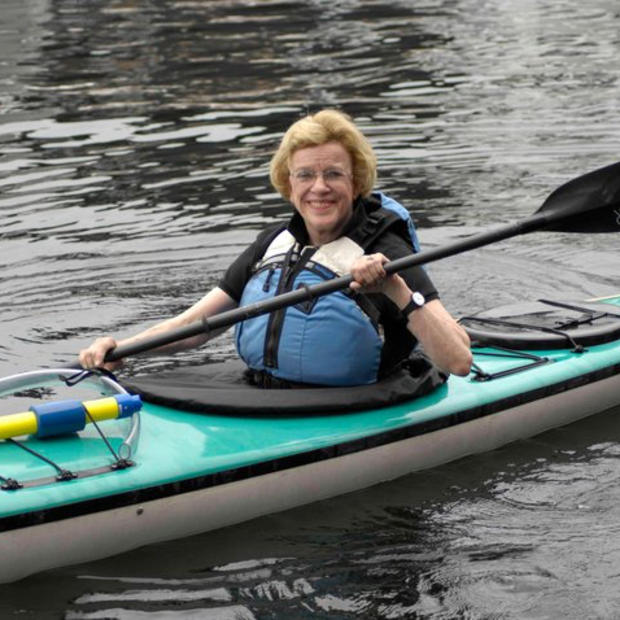Seattle Councilmembers Sally Clark, Tim Burgess, and I, members of the Planning, Land Use and Neighborhoods Committee, recently were voting on landmark status for several downtown buildings when it occurred to us to propose landmark status for the Seattle Post-Intelligencer'ês Globe. If the Globe, symbol of the city'ês oldest continuously operated business, isn'êt a landmark, what is?
As a symbol, The Globe ranks up there with the Space Needle, the Pike Place Market clock, and the Smith Tower. And, when it comes to signage, the Globe and the Elephant Car Wash are easily the city'ês most iconic neon displays. They belong in that rare category that includes the Blue Moon Tavern'ês girl-in-the-moon, the Rainier Brewery'ês giant red 'êR,'ê and the Dog House Restaurant'ês tail-wagging pooch.
The Globe and I go way back. In 1974, when I first went to work for the Seattle Post-Intelligencer, the ink not yet dry on my University of Washington diploma, the Globe had already topped the P-I building for more than a quarter century. While I was earning my stripes as a reporter, I started piecing together the Globe'ês history. It began in the post-World War II 1940s with the question of what to put atop the P-I'ês brand new building at Sixth and Wall.
The P-I'ês then Promotions Manager Neil MacNeil proposed a contest, allowing readers to help design a sign for the building. Reminiscing years later he told me, 'êThey suggested every kind of thing you could imagine. There was one entry that wanted to have skyrockets shot off every time there was some big news event.'ê Another imagined giant words spilling out of the roof and onto the ground.
First prize (a $500 savings bond) went to Jakk Corsaw, a struggling young UW art student, who submitted three designs, the winning one a cylindrical map of the world. The P-I'ês art department reworked the map into a sphere, developing a final design with help from the artisans at Pacific Car and Foundry, the outfit that actually built the Globe.
The finished sign — all 18 tons of it — was hoisted into place and installed Nov. 9, 1948. Total cost? $26,000. That'ês less than the price tag when the three-story sign was disassembled, repaired, and moved to the P-I'ês new home on the waterfront.
Just prior to that move, I talked the P-I'ês operations manager into taking me inside the Globe. We climbed up a steel ladder affixed to the wall of a third-floor storage room and onto the tarred roof. From there, we threaded our way toward some wooden steps leading into the Globe'ês dark interior. It'ês larger than it appears from the ground — 30 feet in diameter, about three stories. The dingy grotto is crisscrossed with beams and girders. Metal ladders stretch to the top, ending beneath the 18-foot tall eagle.
A circle of rubber wheels keep the eight-foot-tall letters ('êIt'ês in the P-I'ê) spinning around the Globe. The machinery causes the structure to shake and rattle not unlike a funhouse ride. At the time that I journeyed to the center of the earth, I could see several patches of blue sky somewhere around the Sargasso Sea. The sphere had rusted through in several places.
The Globe in its 60 year reign has come to mean a great deal to generations of reporters, photographers, editors, printers, pressmen, copy aides, delivery truck drivers and others who worked there. It also resonates with the readers. It predates the Space Needle as a Seattle icon. As such, it has earned a special place in the city'ês pantheon. The final print headline carried a picture of the Globe and the words 'êYou'êve Meant the World to Me.'ê A plea for landmark status could hardly be clearer or better phrased.



